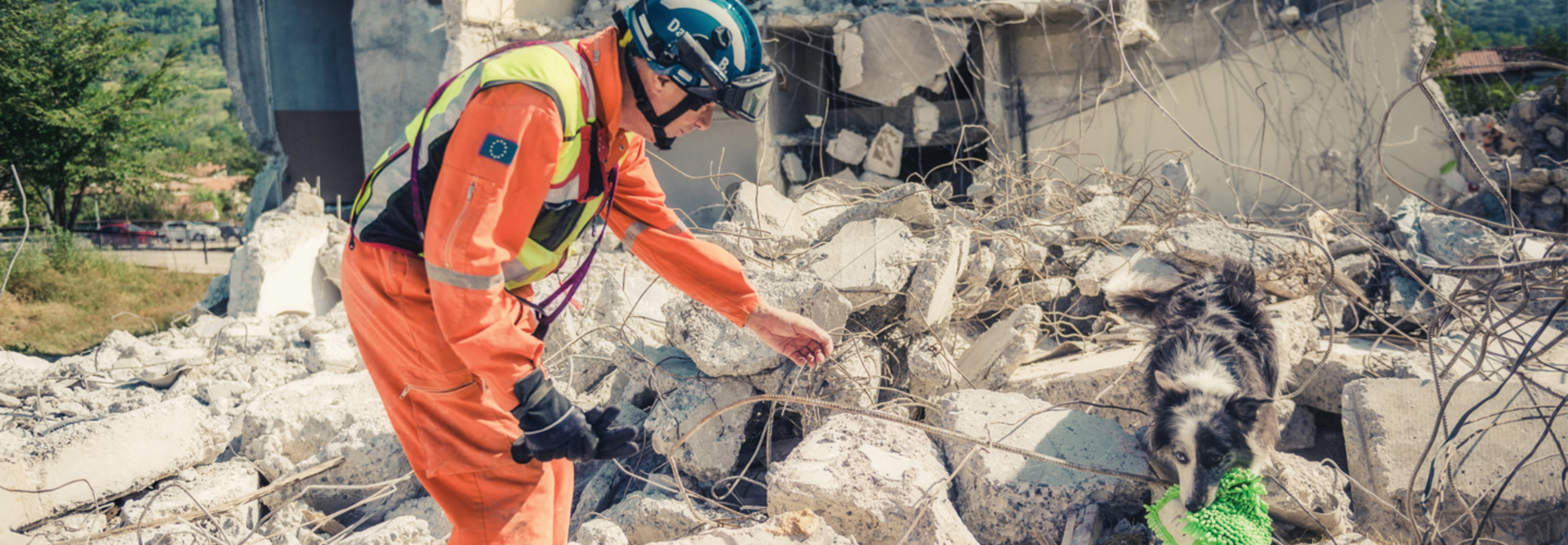What Tech Can Be Used in a Deployable Operations Center?
Over the past several years, communications capabilities for first responders have advanced significantly. These capabilities can be integrated into a deployable operations center model. FirstNet, the public safety broadband network built by AT&T, offers ground-based assets such as its Cell on Wheels and heavy-duty Satellite Cell on Light Trucks communication solutions.
Providers such as Motorola offer private LTE, which allows public safety organizations to determine where, how and when private 4G LTE networks will perform. Cisco’s Ultra-Reliable Wireless Backhaul offering (formerly Fluidmesh) can provide organizations with “fiberlike performance for mission-critical applications,” according to the company.
These solutions allow first responders to establish robust communication links. And with the advent of 5G networks, they can send and receive communications that are even more data-rich.
Mobile command centers can be used to launch drones for aerial surveys and support tools such as ground-penetrating radar and onsite DNA processing. In some disasters, an evidentiary chain of custody must be established quickly, and a deployable operations center can help support that work.
A deployable operations center is necessarily smaller than a full-fledged emergency operations center, but it still needs compute, storage and audiovisual solutions to help public safety teams do their work.
RELATED: Tech tools can enable real-time situational awareness.
How to Think About Using a Deployable Operations Center
For some disasters, mobile command centers on wheels simply can’t go where they need to go to help first responders. That’s where deployable operations centers can serve a vital role.
In the aftermath of an earthquake, hurricane, wildfire or other disaster that requires a prolonged response, a deployable operations center can serve as the nerve center for first responders. Each situation requires a unique set of equipment based on the agency’s needs.
Deployable operations centers enable agencies to support more personnel and assets onsite than a mobile command center vehicle can support. They can also serve a critical function as part of an agency’s disaster recovery plan.
If an agency’s building is destroyed or rendered unusable in a disaster, a deployable operations center can support continuity of operations. In an emergency, agencies still must exercise command and control and will need communication tools, displays and other systems to work together.
If agencies invest in such equipment, they should make sure to take it out of storage and use it in exercises on a regular basis so that personnel are familiar with the tools they need to do their jobs in an emergency. Without such practice, agencies will find the technology to be of little use when a disaster hits.
No agency wants to play a role in a prolonged disaster, because it means the community the agency serves has likely suffered a catastrophic loss. Yet agencies still need to be prepared to do so, and deployable operations centers can help make the response more effective.
This article is part of StateTech’s CITizen blog series. Please join the discussion on Twitter by using the #StateLocalIT hashtag.












